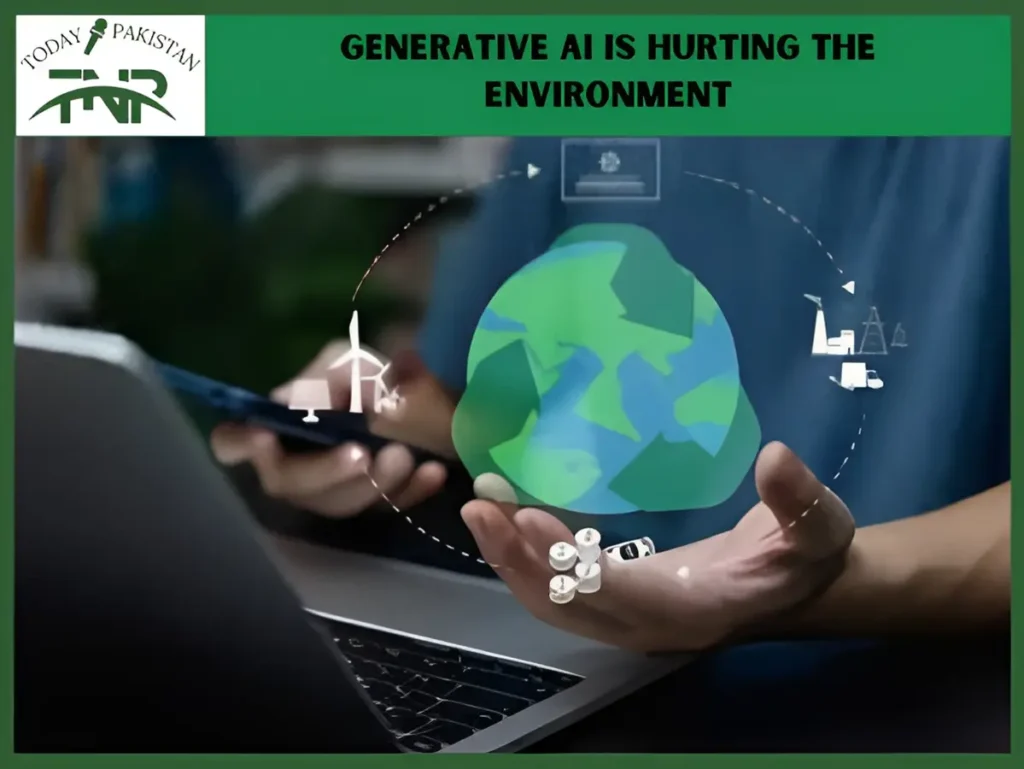As society maintains to implement the transformative power of generative AI, a troubling reality is coming to light: this technological development is drastically harming the surroundings. For many, the excitement surrounding AI’s ability is tempered with the aid of growing concerns approximately its ecological footprint. The fast advancement of AI generation is not only reshaping industries however additionally contributing to a surge in greenhouse gasoline (GHG) emissions, which could have dire results for our planet.
The Alarming Rise in Data Center Emissions
Recent research from Morgan Stanley has unveiled a regarding fashion: the demand for generative AI services is accelerating the increase of statistics center emissions. They have a look at estimates that data centers may want to emit a surprising 2.5 billion heaps of GHG via 2030, and determine this is 3 instances better than in advance projections. This dramatic growth is frequently driven through the escalating need for cloud infrastructure to aid AI packages.
Currently, emissions related to AI are expected to attain 200 million lots in 2024, with projections indicating an upward push to 600 million heaps by 2030. This surge is basically because of the construction of additional records centers required to handle the developing demand for AI-powered cloud offerings. The environmental effect of this fast enlargement raises severe questions about the sustainability of our technological improvements.
Read More Blogs:
EcoFlow Introduces Solar Powered Hat and RAPID Power Banks at IFA 2024
Commerce Ministry Set to Hire Firm for Promoting Pakistani Products Abroad
The Environmental Cost of Data Centers
Data centers, essential for cloud computing and AI operations, are at the heart of this environmental crisis. The tech industry’s increase has caused a huge increase in energy consumption, with organizations like Google reporting a 48% increase in emissions during the last five years. This trend highlights the pressing want for the tech quarter to deal with its carbon footprint.
To fight their environmental effect, many factories have grown to become water-cooling structures designed to decrease power intake. However, these systems require massive quantities of water, exacerbating issues about worldwide water scarcity. As water shortages turn out to be more urgent, the reliance on those cooling technologies poses a full-size undertaking to the sustainability efforts of tech giants.
Implications for Environmental Goals

The rising emissions from factories have profound implications for global climate goals. The tech industry, chargeable for 40% of annual emissions inside the United States, faces increasing stress to meet internet-0 objectives. The intersection of AI improvements and environmental sustainability highlights the want for good sized changes in industry practices to attain those desires.
Charting a Sustainable Path Forward
Addressing the environmental impact of generative AI requires a concerted attempt throughout the industry. Companies should prioritize investments in energy-green technologies and renewable electricity sources to strengthen information centers. Innovations in cooling technologies and efforts to reduce the carbon footprint of AI schooling methods are critical in mitigating those environmental consequences.
Moreover, a collaborative method related to policymakers, enterprise leaders, and environmental advocates is critical for growing powerful techniques to stabilize technological progress with ecological responsibility. As generative AI maintains to adapt, ensuring that its growth does no longer come at the fee of our planet is imperative.
Conclusion
Generative AI gives remarkable potential across various fields, but the environmental costs related to its growth are widespread. By addressing those challenges head-on, the tech enterprise can work in the direction of a future where innovation and sustainability cross hand in hand. The conversation around the environmental impact of AI underscores the importance of responsible improvement and deployment to achieve a simply sustainable future.
Get Curated Post Updates!
Sign up for my newsletter to see new photos, tips, and blog posts.







